In case you’ve been living under a moon rock, Eugene Cernan, the last human to set foot on the moon, just passed away at 82 years old. He was one of only three people who went to the moon more than once.
Of the twelve that left footprints on the lunar surface, six are still alive. For many Americans, the Apollo program belongs with apple pie and everything that was once great about the United States. (Some would argue it’s still pretty good.)
The people who went to space, especially those who landed on the moon, inspired a generation. These are those twelve…
Neil Armstrong
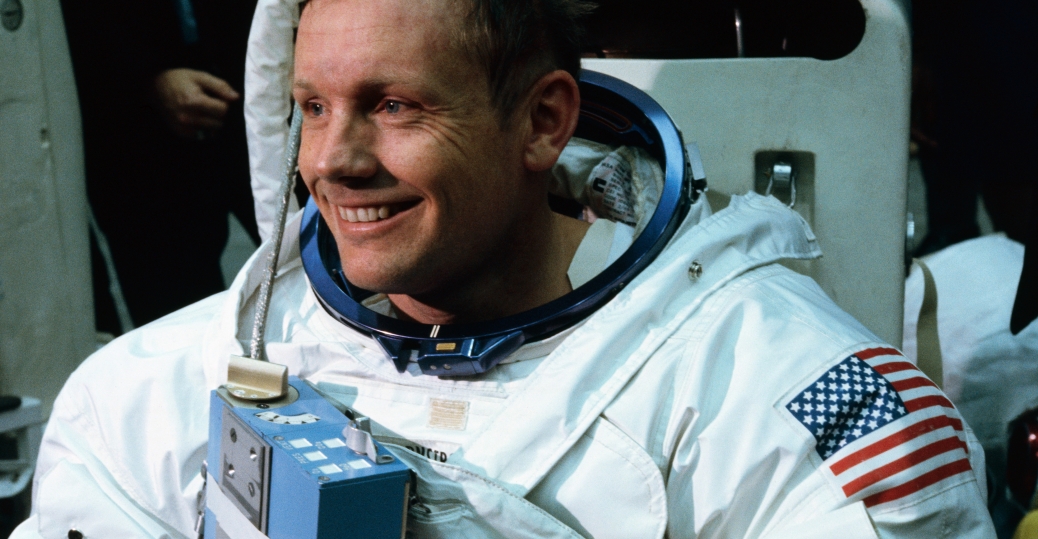
(source: mx.tuhistory.com)
Lived: Aug 5, 1930-Aug 25, 2012
It was Armstrong’s time as a test pilot, after graduating from Perdue, that prepared him for the rigors of space. A Navy man, Armstrong became the first human on the moon. Although Aldrin was originally supposed to be the first, Armstrong was the commander and his position in the capsule set him up to step out first. Armstrong passed in 2012 at age 82.
Buzz Aldrin
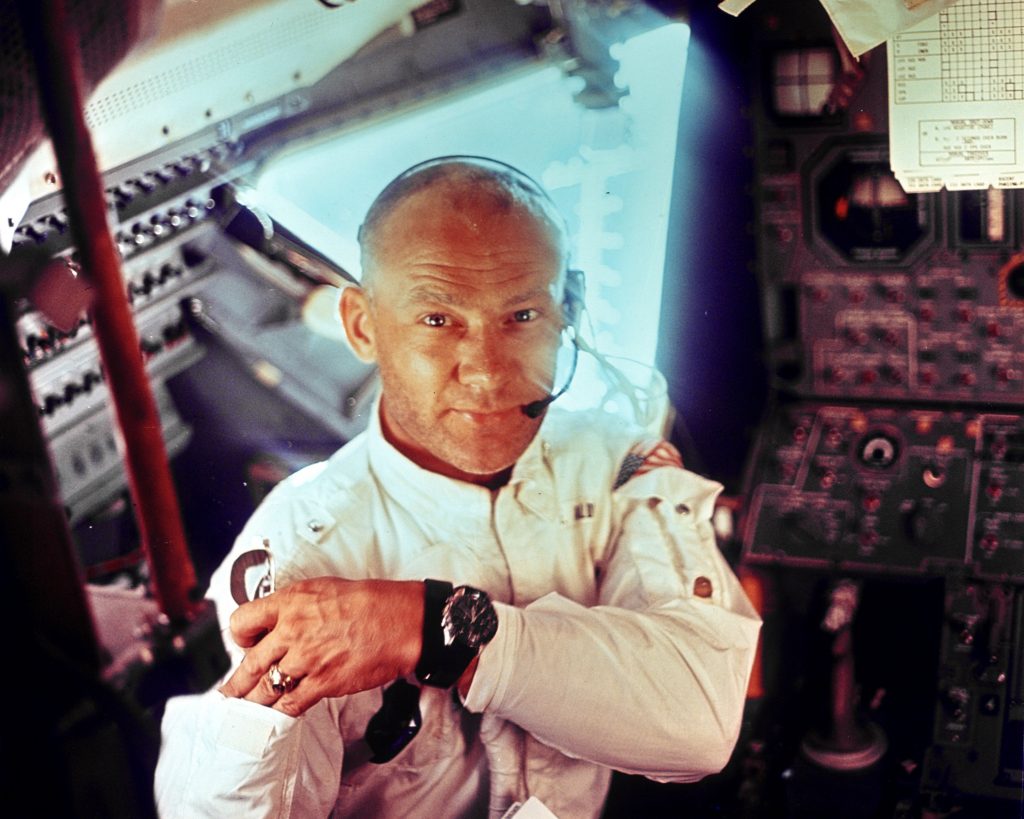
(source: nasa.gov)
Born: Jan 20, 1930
Aldrin was a graduate of West Point, with a degree in science. He was a Second Lieutenant in the Air Force, and he was the second person to walk on the Moon, along with Armstrong on the Apollo 11 mission. He was, however, the first person to urinate on the moon. Later in life, Aldrin would regret committing a Christian ceremony on the Moon, as he was there on behalf of all people.
Pete Conrad
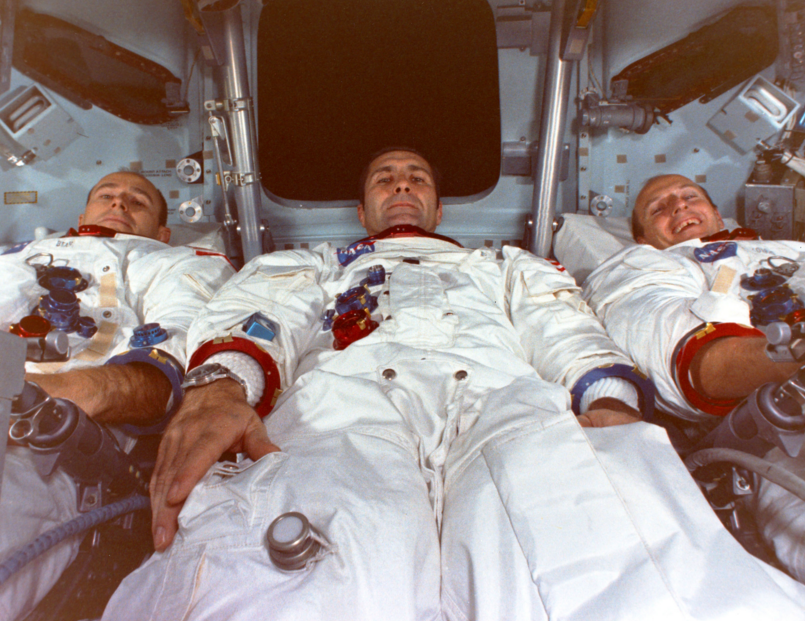
(source: motherboard.vice.com)
Lived: Jun 2, 1930–Jul 8, 1999
Like Armstrong, Conrad was a test pilot and a Navy man. On the Apollo 12 mission, he became the third man on the Moon. As one of the first astronaut candidates for the newly formed NASA, Conrad had a reputation for being a wise guy during the tests. That didn’t slow him down, though. He worked on Gemini 5 and 11, then on Apollo 12 as the commander. On the surface of the moon, Conrad said “Whoopee! Man, that may have been a small one for Neil, but that’s a long one for me.” He was 69 years old when he passed.
Alan Bean
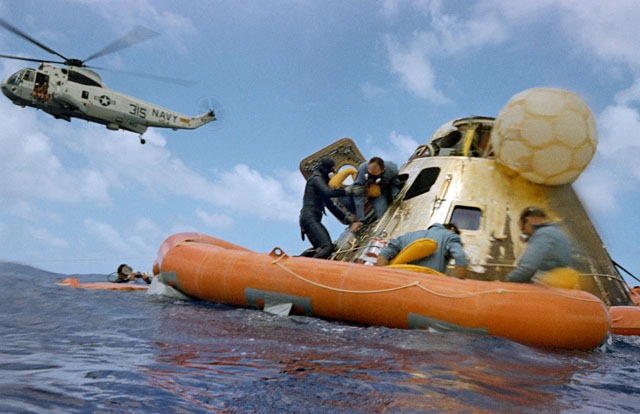
(Bean helped out of the capsule | source: pdxretro.com)
Born: Mar 15, 1932
When bean stepped on the Moon at age 37, he was the youngest astronaut to have the pleasure. He kept that title until Charles Duke flew at 36 years of age, on Apollo 16 in 1972. Prior to NASA, Bean was a Navy officer and a test pilot. For NASA he worked on the Skylab program in addition to the Apollo 12 mission. Later in life, he devoted his free time to painting, often depicting scenes from space. In some of his paintings of the Moon, he’s used real moon dust, something no other artist can claim.
Alan Shepard
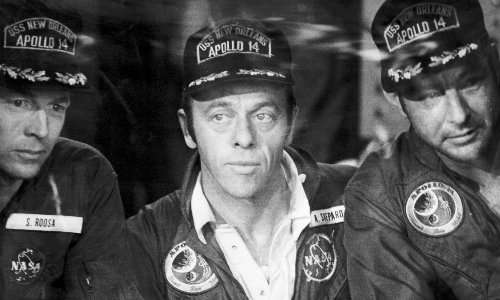
(source: mcwetboy.com)
Lived: Nov 18, 1923–Jul 21, 1998
Shepard was part of the group which included Alan Bean, the first seven pilots for NASA. Like many before him, he was a Navy test pilot before NASA. He was also the first human in space, during the Gemini program, but he did not achieve an orbit. When he finally got his shot at the moon, he would become the oldest person to ever walk on the surface. As the flight commander, he was the first one on the surface for Apollo 14, making him number five. Shepard was 74 when he passed.
Edgar Mitchell
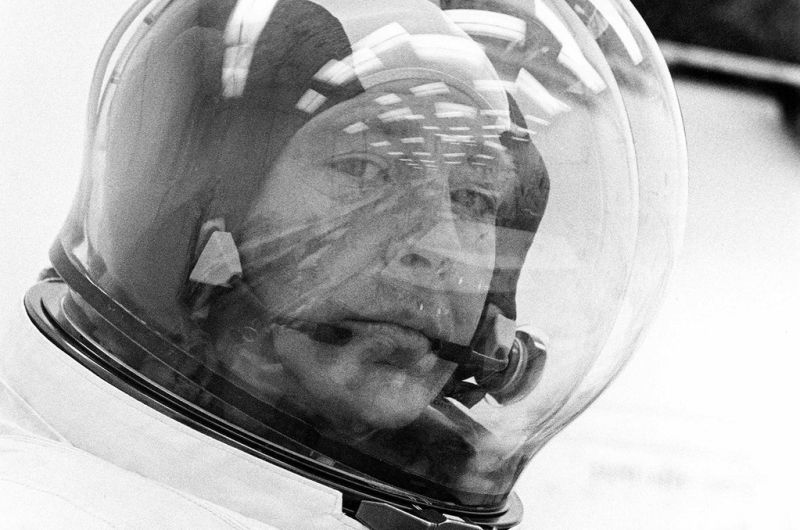
(source: gizmodo.com)
Lived: Sep 17, 1930–Feb 4, 2016
Mitchell flew with Shepard on the Apollo 14 mission as the Lunar Module Pilot, becoming the sixth human to walk on the moon. He too was from Navy and test-piloted aircraft. The Apollo mission was Mitchell’s only mission. Later in life, he developed a reputation as one of only a few astronauts who talked about extraterrestrial life. He even lobbied that the USA had an ongoing relationship with beings, from whom they learned engineering secrets. In a twist of irony, Mitchell died on the 45th anniversary of his lunar landing at age 85.
David Scott
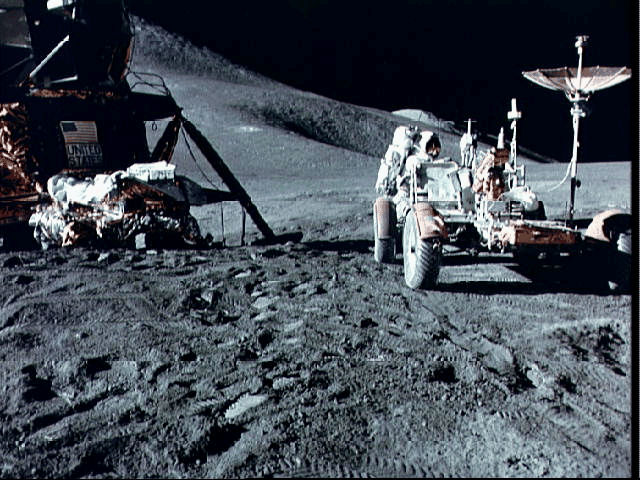
(source: apod.nasa.gov)
Born: Jun 6, 1932
Number seven to walk on the Moon, Scott, and James Irwin flew the Apollo 15 mission. It was Scott’s third mission, having been part of the Gemini program and an early Apollo mission, Apollo 9. He was the Command Module Pilot on #9, but the Spacecraft Commander for Apollo 15. That mission was the fourth successful mission to the Moon. During the mission, Scott placed a plaque on the moon, which listed the names of 14 fallen astronauts who died during training. Scott lives with his wife in Los Angeles.
James Irwin
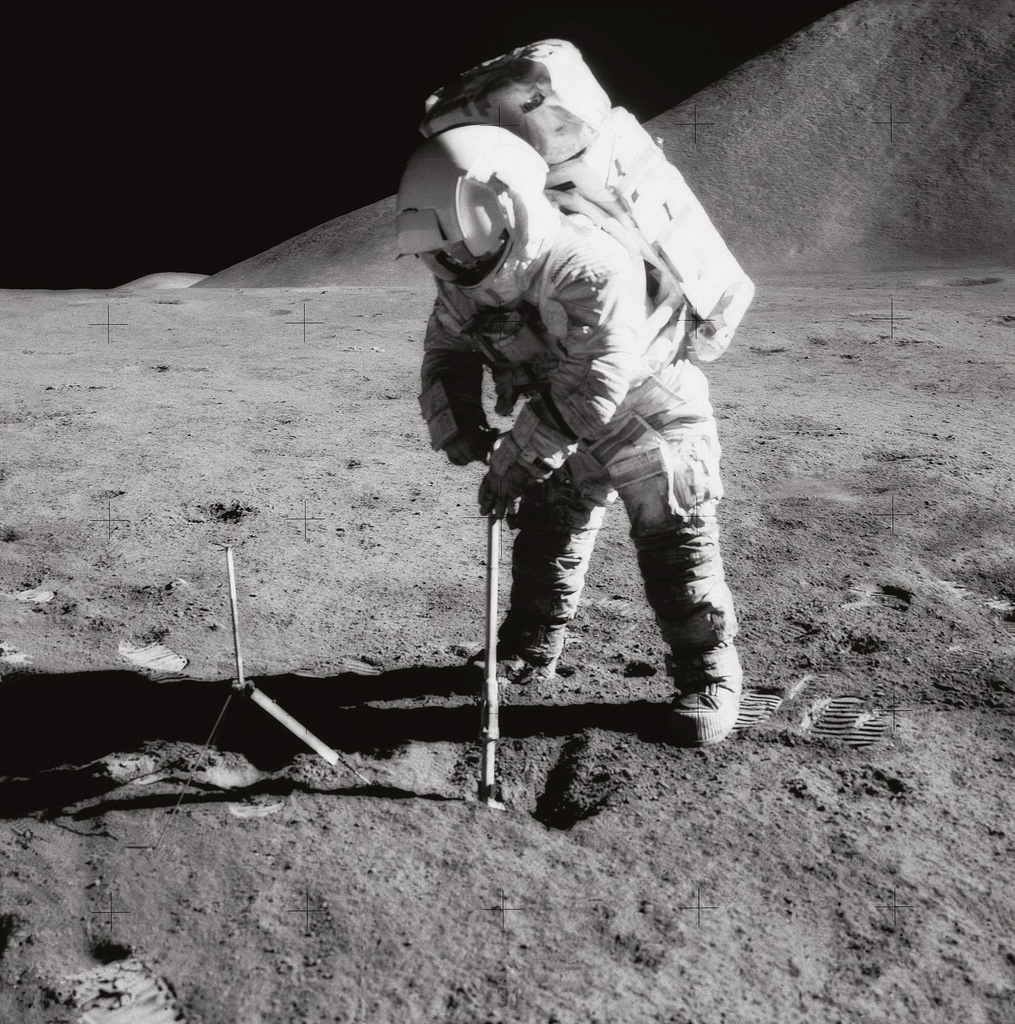
(source: flickr.com)
Lived: Mar 17, 1930–Aug 8, 1991
Irwin was an Air Force pilot, and of course, he was a test pilot. Following David Scott out of the capsule, he was the eighth human on the moon. Irwin passed away at age 61, but the first symptoms of heart problems appeared while on the Apollo 15 mission. After 23 hours of work, flight surgeons on Earth notices irregularities in his heart rhythm. He later suffered three heart attacks, the last of which ended his life.
John W. Young
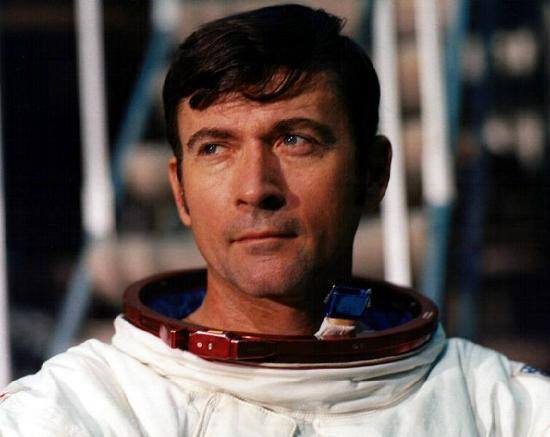
(source: thisdayinaviation.com)
Born: Sep 24, 1930
Young is 86 years old today, but he was 41 when he Commanded the Apollo 16 mission. He is the ninth human to have walked on the moon. Young went on to fly in two other missions after Apollo, on the Space Shuttle. With his two Gemini flights, that put him at six total missions. Of any astronaut to date, Young enjoyed the longest career, spending 42 years working for NASA. Even after he retired, Young attended Monday Morning Meetings at the astronaut office.
Charles Duke
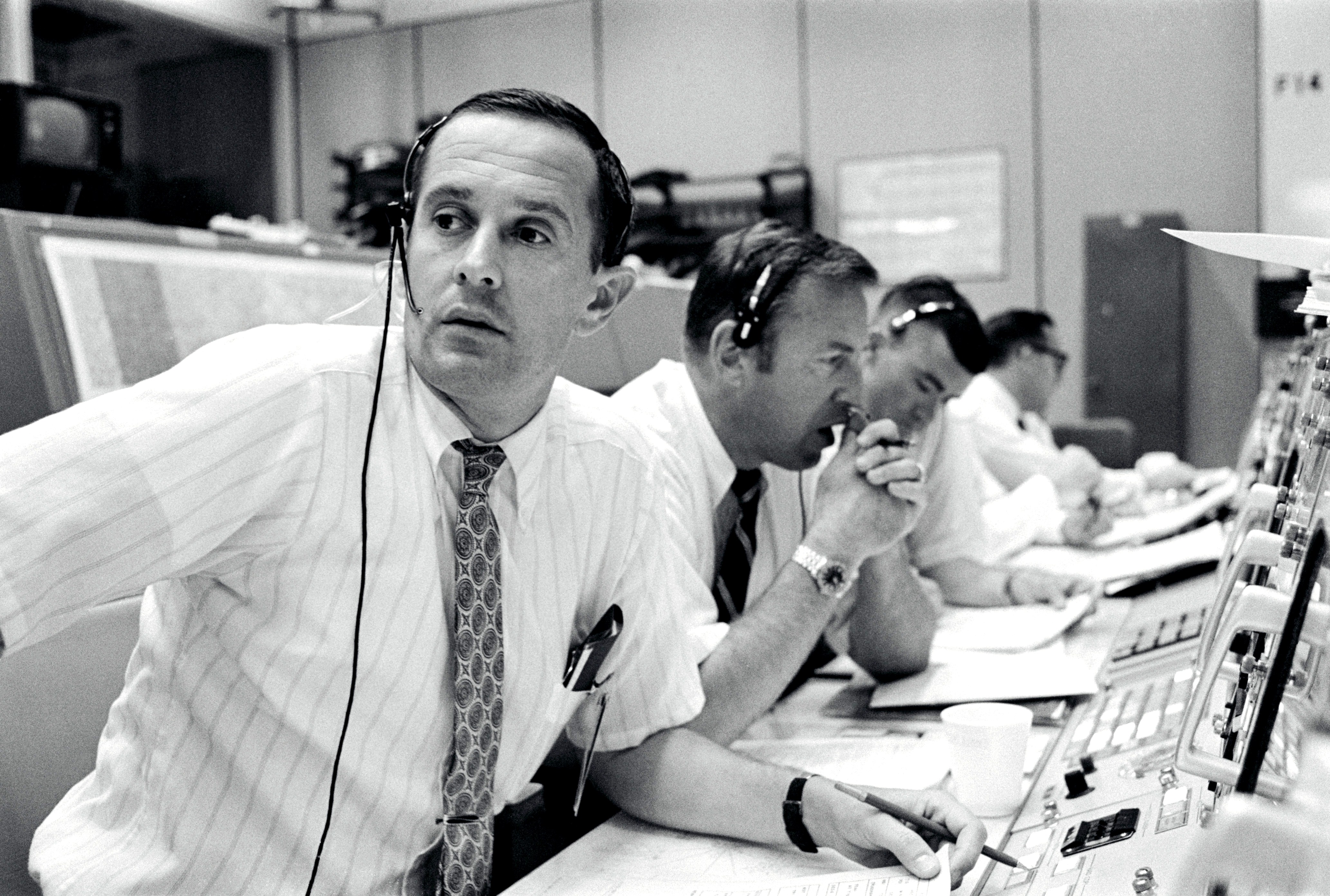
(source: nasa.gov)
Born: Oct 3, 1935
Charles Duke was the tenth and youngest human on the Moon. Like his contemporaries, he was a fighter pilot and a test pilot. He only ever flew on the Apollo 16 mission, but he did work as part of the ground command for Apollo 11. He was also the backup Lunar Module Pilot for Apollo 13 but came down with the measles so Nasa replaced him with Ken Mattingly. The Apollo 13 mission was the one made famous for barely making it back alive, as told in the movie named after the mission. Duke is still alive, married to the same woman, Dorothy Meade Claiborne, since 1963.
Eugene Cernan
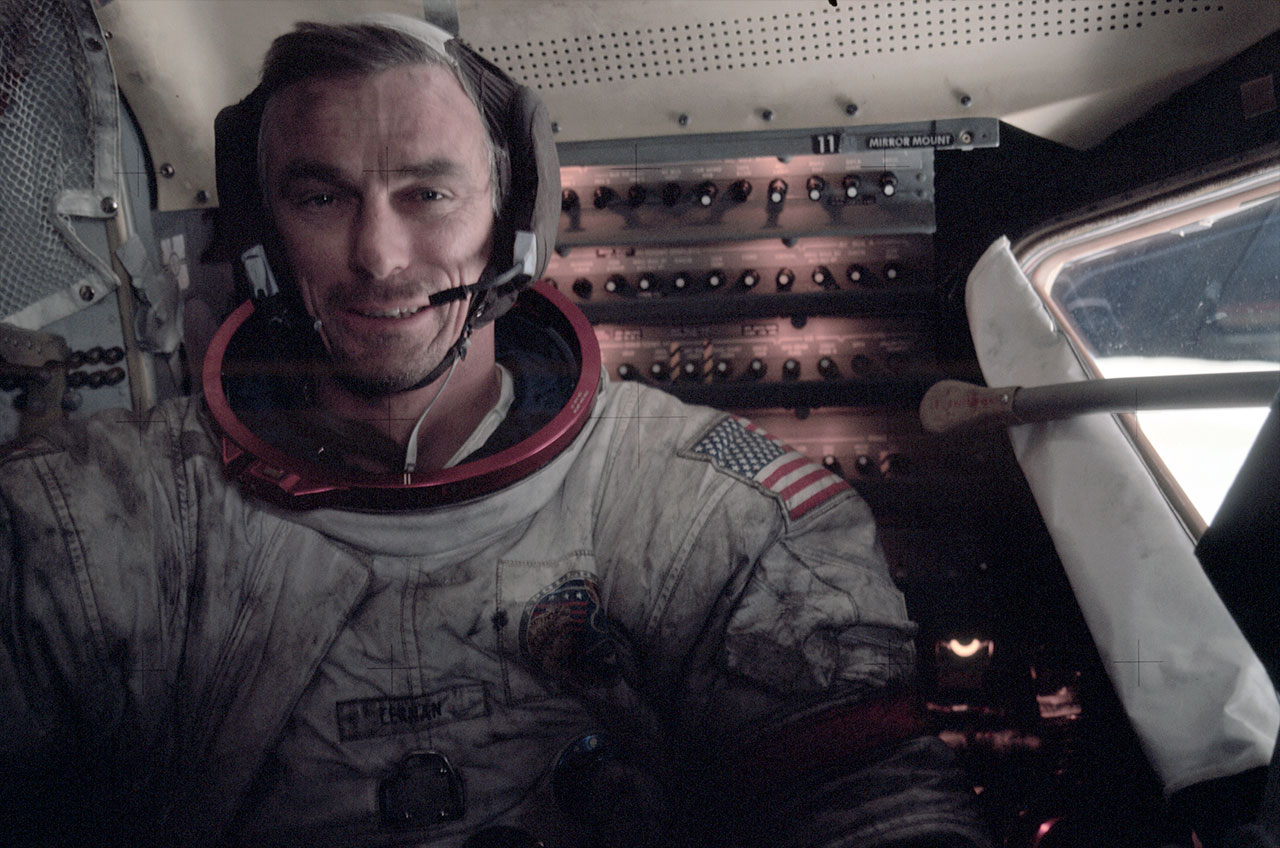
(source: fratellowatches.com)
Lived: Mar 14, 1934–Jan 16, 2017
First one out of the capsule, but last one back inside, Cernan became the last person on the Moon in December of 1972. He flew as part of the Gemini program, on Gemini 9a, was the Lunar Module Pilot for Apollo 10 and Commander of Apollo 17. On the Apollo 17 mission, he and Schmitt spent record-breaking amounts of time on the surface. Their first was three times the time Aldrin and Armstrong spent outside. Cernan also set the land speed record for the Moon, going 11.2 miles per hour in the lander. Later in life, Cernan worked as a contributor to ABC and the Good Morning America show.
Harrison Schmitt
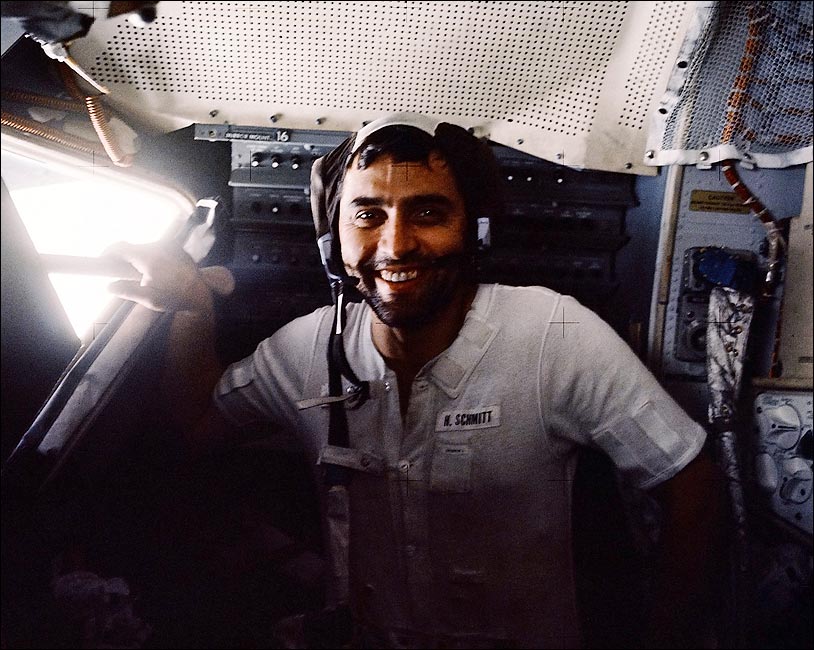
(source: mcmahanphoto.com)
Born: July 3, 1935
Schmitt may be the only person to walk on the Moon that didn’t work as a test pilot. He trained with the Air Force to pilot jets, but Schmitt was a geologist. He was, in fact, the only geologist to walk the moon. Despite his background, his colleagues viewed Schmitt as quite proficient with Apollo Command and Lunar Module systems. He was not bad with a camera either; he took the famous Blue Marble photo.
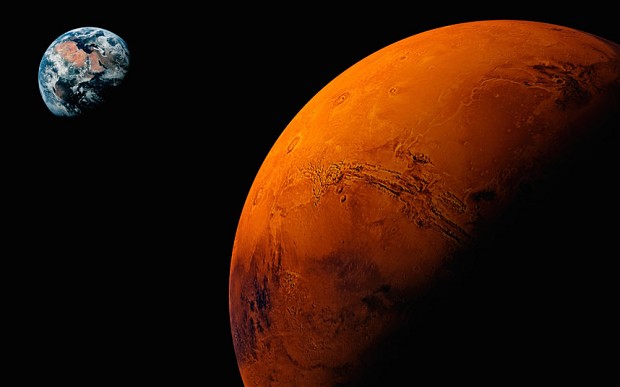
(source: elanthemag.com)
The space race is over the Moon now. We’re gearing up for Mars next. For these twelve astronauts, they may keep their titles for longer than even they imagined. It’s even possible that a couple of these titleholders will be around to watch the first launches to Mars. My money’s on Charles Duke. He might be in his nineties by then, but he’ll be the one that gives the speech on behalf of all the people above. Just wait.

